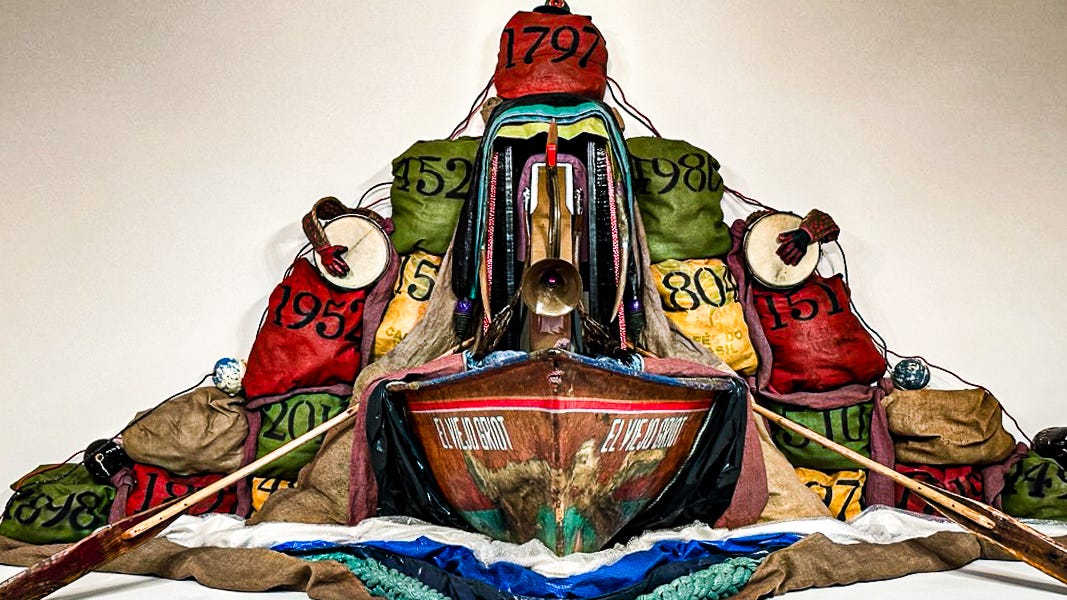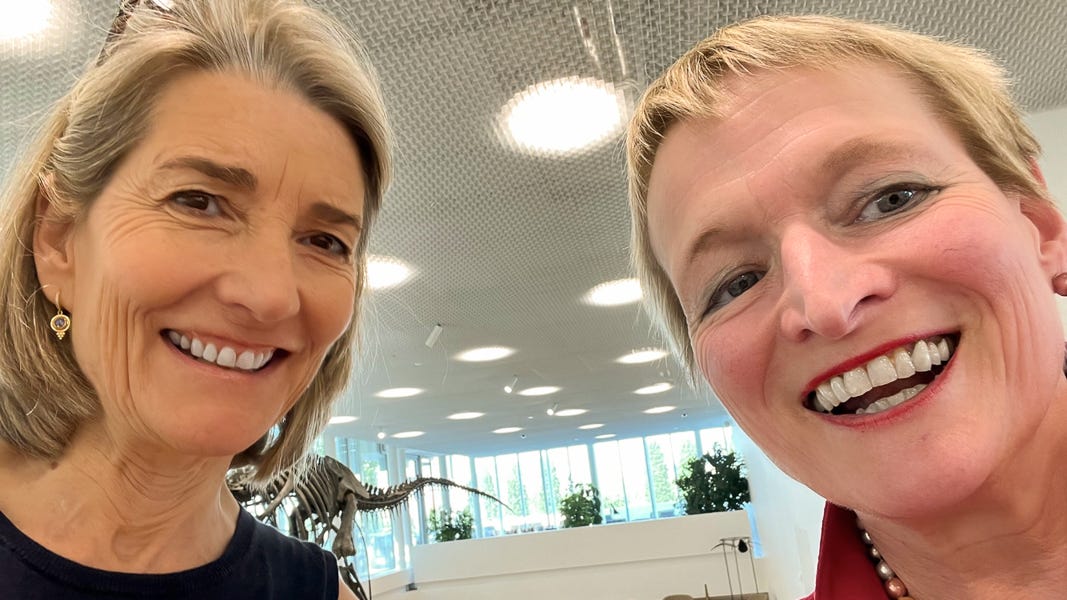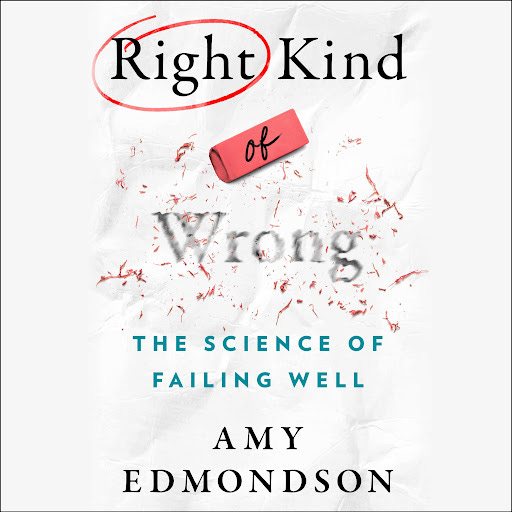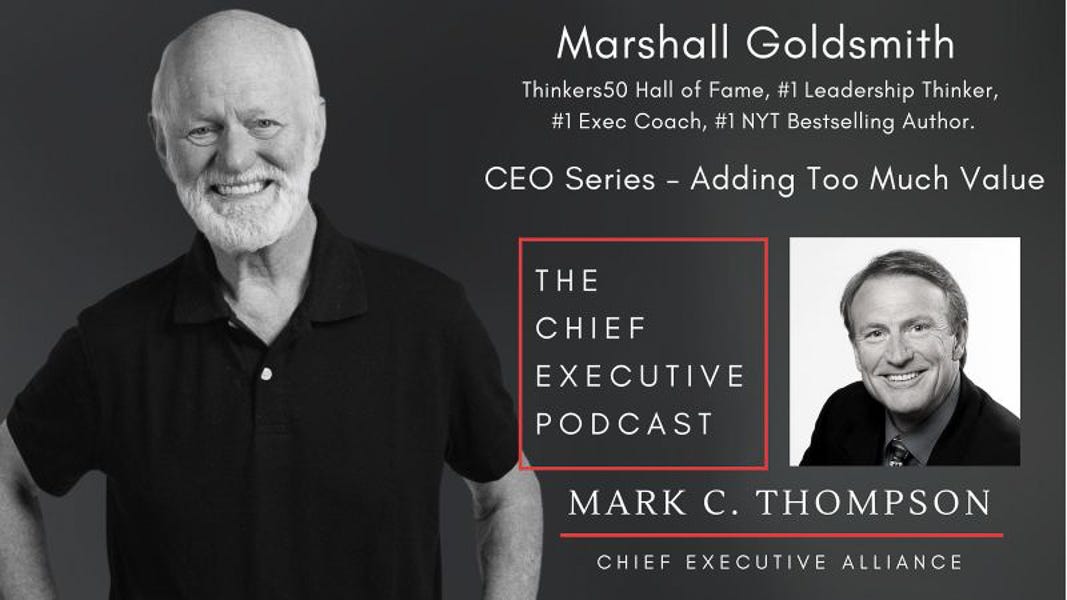Week 23.25 Now I See
Sitting at my computer, looking at my 27-inch monitor, ZOOMing around the world, I feel like I’m connected to the world all the time. It’s easy to think that what we see is all there is. A moment of reflection reveals how myopic our perspectives tend to be. I don't see the trees outside, I don't see the people in the subway, and I don't even see sunsets (although I do look around my monitor and step outside from time to time). Our virtual lives have made us masters of the universe, but at the cost of detachment and becoming prisoners of the monitor plane. That's why I found going to the experimental modern art museum MoMA PS1 this past weekend so jarring, exhilarating, and eye-opening. And it reminded me of the importance of getting out and gaining a new perspective.
Getting out to PS1 meant leaving the usual pattern of my environment, riding the subway to a new area of New York. As the train came out of the tunnel in Queens, my eyes were exposed to a new world of architecture, cultures, and sounds. The diversity of people was much greater than in my usual neighborhood, and being in an unfamiliar place made me pay greater attention to details that I do not typically make note of. The museum is housed in a former NYC public school, and the halls still echo the sounds of decades of children that must have passed through them. Walking up the stairs reminded me of my school days and triggered positive forgotten memories.
I always find the art at MoMA PS1 to challenge me, and this trip was no exception. We walked through an exhibition of the work of Daniel Lind-Ramos, a Puerto Rican artist who uses found and gifted objects to create monumental assembled sculptures that combine the richness of local culture with the experiences of loss through hurricanes, the pandemic, and climate change. We viewed the provocative self-portraits of Liu Susiraja of Finland, which were comical, personal, stylized, and vulnerable. And we saw the videos of Onyeka Igwe in which she uses multimedia to recreate and explore tragic events like the 1929 Aba Women’s War of which few historical records exist and make them feel immediate, personal, and available. The exhibitions disrupted my comfortable view of the world and encouraged me to think beyond my box, however big that box may be.
Queens is known for their mix of cultures, so we went to Jora, a nearby Peruvian restaurant, for dinner. I am unfamiliar with Peruvian cuisine, so I had few expectations of the meal. With a delightful server to guide our selection and some hunger to make us more adventurous, we tried an assortment of dishes that delighted us with fiery combinations, colorful presentation, and exotic spices. Once again, the diversity of the flavors, presentation, and textures disrupted my usual routine and engaged my senses in new ways, provoking new thinking, more vibrant conversations, and a sense of adventure that is anything but routine.
My daily routine is deeply intertwined with the efficient, digital world. The glow of my computer screen is my gateway that connects me to virtually everyone and everything without even standing up from my chair. This convenience often lulls me into a productive trance, or the so-called "zone," where work flows seamlessly, and distractions fade away. Yet, there are moments when I peel myself away from this digital cocoon and remember that the world is so much more than what I can see - it's full of life, diversity, and an abundance of experiences waiting to be explored. These experiences and ventures into the unknown enrich our senses, broaden our perspectives, challenge our assumptions, and create growth that we can share with others. In doing so, we don't just enrich our own lives, but also those of the people we lead and love. So take a moment to look beyond your normal world today. What do you see?
Are you squandering your intelligent failures? by Rita McGrath
Just back from an amazing week spent with thinkers, do-ers and executives considering culture at Novartis. Amy Edmondson, my dear friend, was there and both of us remain stunned that people are still confused about failure, after we have spent literally decades writing about it. For the record – there are intelligent failures, stupid failures and complex systems failures, all of which have different implications.
If your organization can approach uncertain decisions as experiments and adopt the idea of intelligently failing, so much more can be learned (so much more quickly) than if failures or disappointments are covered up. So ask yourself: are we genuinely reaping the benefit of the investments we’ve made in learning under uncertain conditions? Do we have mechanisms in place to benefit from our intelligent failures? And, if not, who might be taking advantage of the knowledge we are depriving ourselves of? But we’re still hearing about how fear of failure is depriving organizations of valuable learning. And yet, even in organizations that are determined to embrace learning under uncertainty, fear of failure persists. Perhaps, and I’m hopeful, Amy’s forthcoming new book Right Kind of Wrong will help people in organizations figure this out.
So, a helpful way of thinking about failure? Stop the blame game. Design experiments that reflect real life. Stop imposing the expectation of meeting plans on people doing things in unpredictable environments. Recognize that failure maybe needs to be re-defined.
How to Self-Promote (When You Don’t Like to Self-Promote) by Jenny M Fernandez, MBA,
To rise through the ranks, you must be proactive and build the business case for your own career progression. In other words, you must get comfortable with self-promotion. Self-promotion refers to communicating your interests, abilities, or achievements to others with the goal of enhancing your professional reputation (or your personal brand), gaining visibility, and improving your career prospects. Even though it’s sometimes perceived as a taboo, self-promotion is a strategy that can help you move up the ladder.
To advance in your career, you need to make the case for your promotion — even and especially when it’s uncomfortable. Taking control of the narrative is key. Own your story and craft a compelling vision of your future self — one that positions you as a change agent able to accomplish your goals in a new role and inspire others along the way. Only then can you attract the necessary sponsorship and support for career advancement.
Marshall Goldsmith - CEO Series: Adding Too Much Value Podcast by Mark C. Thompson
Don't miss the latest episode of the Chief Executive Podcast! In this insightful conversation, Mark is joined by the legendary Dr. Marshall Goldsmith, the father of the executive coaching profession. They discuss the critical topic of "Adding Too Much Value" and why it's essential for leaders to resist the urge to constantly provide solutions. Marshall shares his wisdom and experiences, highlighting the importance of thoughtful restraint and empowering others. Discover how leaders can achieve greater effectiveness by focusing on commitment and creating a supportive environment.
With love, wonder and gratitude. Scott














